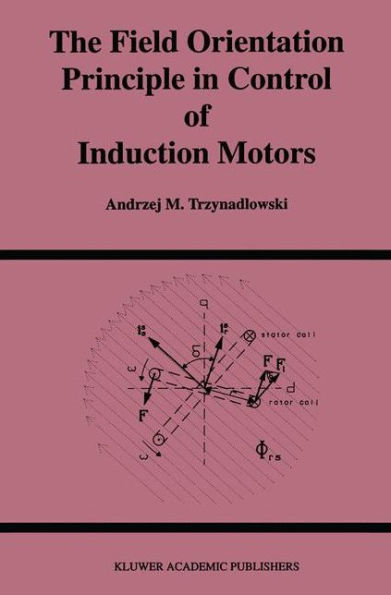5
1
9780792394204


The Field Orientation Principle in Control of Induction Motors / Edition 1 available in Hardcover

The Field Orientation Principle in Control of Induction Motors / Edition 1
- ISBN-10:
- 0792394208
- ISBN-13:
- 9780792394204
- Pub. Date:
- 12/31/1993
- Publisher:
- Springer US
- ISBN-10:
- 0792394208
- ISBN-13:
- 9780792394204
- Pub. Date:
- 12/31/1993
- Publisher:
- Springer US
299.99
In Stock

Product Details
| ISBN-13: | 9780792394204 |
|---|---|
| Publisher: | Springer US |
| Publication date: | 12/31/1993 |
| Series: | Power Electronics and Power Systems |
| Edition description: | 1994 |
| Pages: | 255 |
| Product dimensions: | 6.10(w) x 9.25(h) x 0.36(d) |
From the B&N Reads Blog
